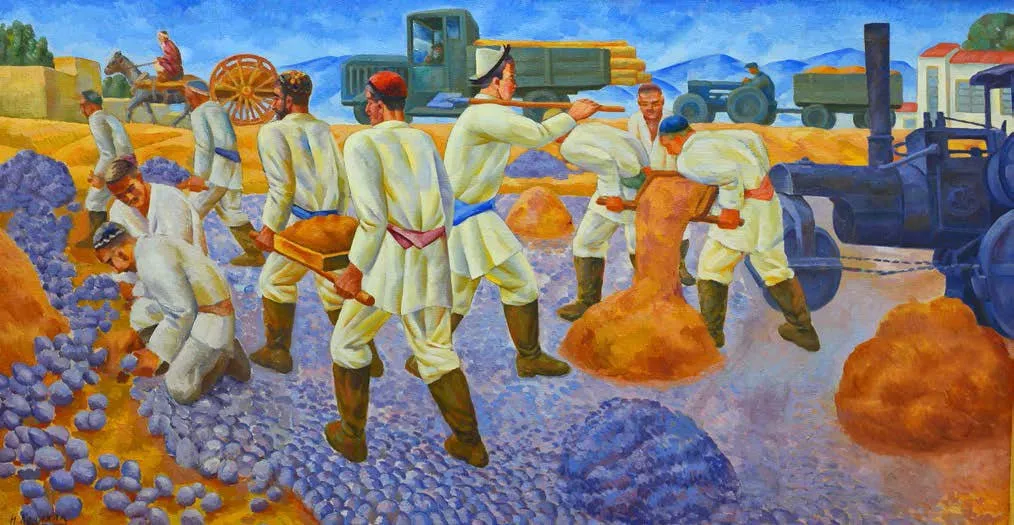
Global art once again experienced an interaction of the East and the West, two major schools, each with their deep philosophical and ideological foundations, with their own artistic view of the world, with a particular understanding of beauty, with their own system of imagery and themes, style and aesthetics. The processes of Europeanisation in the countries of the East led to the appearance of new easel forms of art such as painting, sculpture, graphics, as well as to the formation of national visual arts schools.
However, it is important to note that the current process, the synthesis of the East and the West, was mutual. Not only did the East reach out to the West, but the West also reached out to the East. A unique phenomenon known as “Orientalism” appeared in the European as well as Russian visual arts. This phenomenon turned to the East in order to enrich its substantive, rich language, which was necessary for its further development.
You can learn more about this topic in the book-album "The Collection of Art in the State Tretyakov Gallery" (Volume III) (Moscow, Russia) from the series "The Cultural Legacy of Uzbekistan".
The general sponsor of the project is the oilfield services company Eriell-Group.
